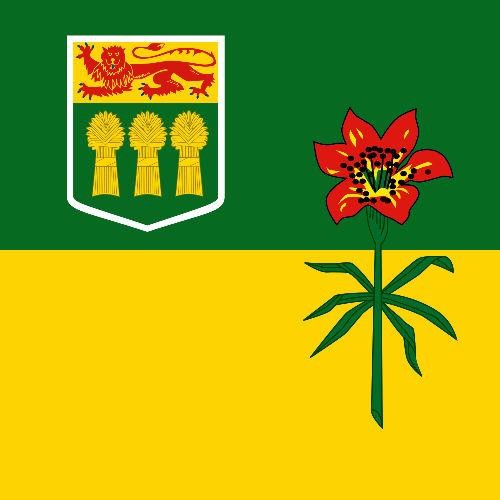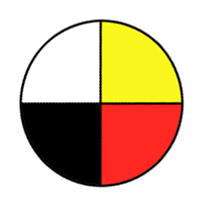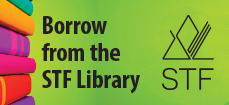Recognize potential safety risks in community "play areas" and determine safe practices/behaviours to identify, assess, and reduce the risks.
| (a) |
Develop a common understanding and use of respectful language to talk about "risks" (e.g., identify, assess, avoid, reduce, consequence). |
| (b) |
Examine expected behaviours and general safety rules in community "play areas" (e.g., parks, playground, school yard). |
| (c) |
Inventory personal habits with respect to safety in community play areas. |
| (d) |
Demonstrate healthy behaviours (e.g., taking turns, wearing a seatbelt, asking for help) that favour the safety of self and others. |
| (e) |
Explore possible healthy risks (e.g., making new friends, trying new foods) and unhealthy risks (e.g., riding your bike without a helmet, playing in traffic areas, touching discarded needles, approaching stray animals). |
| (f) |
Discuss how safety rules/guidelines are established to reduce risks. |
| (g) |
Investigate ways to identify, assess, and reduce the risk of potentially dangerous and/or possible unsupervised situations in community "play areas". |
| (h) |
Examine the importance of "reporting" versus being a "tattle" when identifying safety concerns. |
| (i) |
Share the importance of practising safe behaviours in community "play areas" (i.e., one's safety depends on the safety behaviours of others) and the possible consequences of using/not using safety knowledge and skills. |























